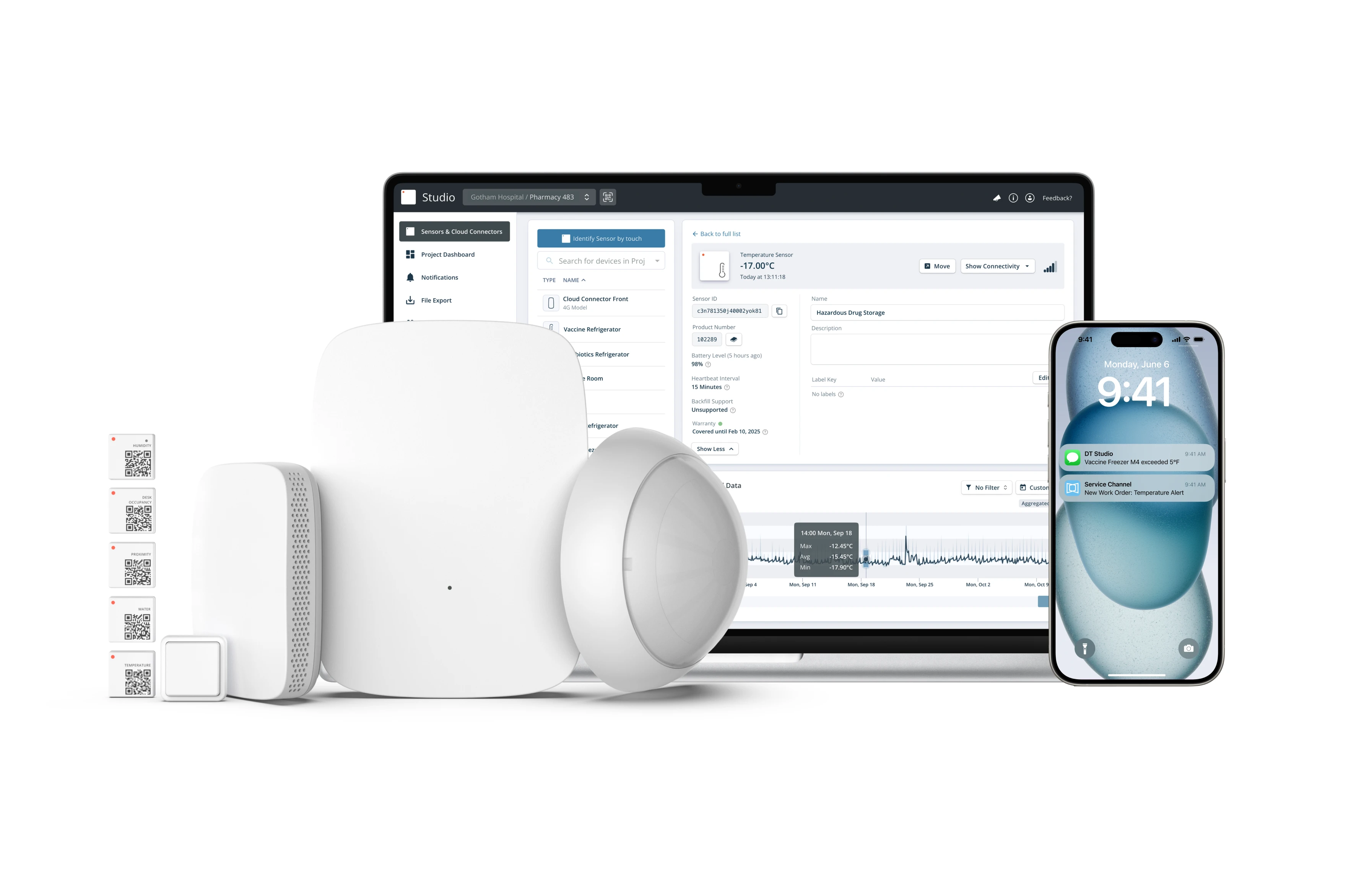A Quick Guide To Using CO2 Sensors to Control Building Ventilation

The proper ventilation of buildings and workspaces is a fundamental requirement for an effective and healthy working environment.
Many studies, including a recent report in Nature, have shown that elevated levels of Carbon Dioxide (CO2) in an office, especially over an extended period, can lead to a variety of health and wellbeing issues.
CO2 is usually reduced with effective ventilation. But running a ventilation system all day and all night, at a constant rate, is neither energy-efficient nor cost-effective.
So how can you balance the two opposing requirements of employee wellbeing and cost control?
The answer is to use sensor technology.
How To Control Ventilation More Efficiently?
Most buildings either have Air Handling Unit (AHUs) or Roof Top Unit (RTUs) ventilation systems to bring fresh air into the building. Often, to save energy, the AHU mixes fresh air with recycled air from the office.
But ventilation systems can be managed to be more efficient. There are three different ways:
- Scheduling ventilation
- Using motion sensors for ventilation
- Using CO2 sensors for ventilation
1. Scheduling Ventilation

With scheduled ventilation, the AHU system continuously introduces fresh air into the building, with the volume increasing during anticipated busier times. Such changes are planned in advance and are based on predicted occupancy e.g. between 9 am to 5 pm during weekdays.
However, when scheduling ventilation based on occupancy, there are two potential issues:
- There can be higher occupancy than expected during anticipated quieter periods, leading to poor air quality. This can affect employees cognitive capabilities and health physical health leading to lower productivity and poor employee wellbeing
- There can be lower occupancy than expected during busier periods resulting in wasted and unnecessary energy usage by the HVAC system
Both situations are currently occurring more frequently as work patterns change and the move to hybrid working becomes prevalent.
2. Using Motion Sensors for Ventilation

Motion sensors can be used to determine the presence of people in an office location. If any motion is detected, then ventilation can be increased. If no motion is detected, then ventilation can be reduced.
However, the sensors can only determine motion and not the number of employees present. The ventilation requirements for one person are very different when compared to those for many people. This can lead to under-ventilation in a busy office.
3. Using CO2 Sensors for Ventilation

CO2 sensors accurately measure the concentration of CO2 in the office atmosphere, with a higher detected level indicating a larger number of people being present.
By analyzing the recorded sensor data, the ventilation system can be automatically adjusted to reflect employee numbers. It can be increased when more people are present or decreased when fewer employees are present. This is called Demand Control Ventilation (DCV) and combines sensors, the Building Management System (BMS), and intelligent ventilation management to deliver optimized air flows.
The DCV adjusts the amount of outside air that is introduced into the building to reduce the CO2 levels. The ventilation system is therefore providing optimal air control and therefore optimal cost control.
The DCV also automatically responds to unanticipated gas infiltration within a building, e.g.e CO2 leakage from a cooling system.
The US Department of Energy conducted research on energy savings strategies for HVAC and concluded that DCV contributes to the biggest energy savings in HVAC in small office buildings, strip malls, stand-alone shops, and supermarkets compared to other advanced automated ventilation strategies. Average cost savings of using demand-controlled ventilation were calculated to be 38% for all commercial building types.
Where Should CO2 Sensors Be Placed?
CO2 sensors should be placed in any area where employees spend time in. This can include office space, meeting rooms, open areas, the canteen, and reception.
To successfully use CO2 sensors there are a few important factors that need to be considered:
The sensors should not be located where “exhaust”, and hence CO2, can be generated. Areas such as kitchens, rest rooms, and print rooms can all contain equipment that generates exhaust. If placed here, misleading information will be generated and potential over ventilation will occur.
Sensors should not normally be placed close to doors, windows, or in return air ducts. This too will lead to misleading information, with CO2 levels effectively reduced, and potential under ventilation arising.
The data collected by CO2 sensors should be analyzed over time to allow the ventilation system to be calibrated more precisely.
5 Benefits of Using CO2 Sensors
There are many benefits from deploying CO2 sensors and DCV, including:
- Reduced energy consumption by optimizing the operation of the ventilation system based on the need for air circulation, i.e. ventilation units will either not be operating or will be operating at a lower level when not needed.
- Improved indoor air quality as the data collected by the CO2 sensors will be used to ensure that a regulated and optimum level of fresh air is circulating in the building. There will be no build-up of the harmful CO2 gas.
- Increased employee comfort and wellbeing through regulated and clean air.
- DCVs are designed to be efficient. They typically have lower maintenance costs and extend the life cycle of the ventilation system.
- Data collected from sensors provide a documented record of CO2 concentrations over time. This can be useful for health and safety compliance and, potentially, be used as evidence in legal conflicts.
Bottomline
Carbon Dioxide (CO2) has long been identified as a harmful gas when present in confined spaces and in elevated concentrations. Its detection and dispersal is essential and this is achieved through effective ventilation.
Combining IoT-based wireless CO2 sensors, a BMS, and DCV provides a means of automatically adjusting the ventilation in any location.
Such a solution allows a company to marry together the potentially conflicting requirements of employee wellbeing and cost saving, as well as offering Health & Safety compliance.
.webp)
Ensure Healthy Indoor Spaces By Monitoring CO2 Levels
Get Started


.png)


